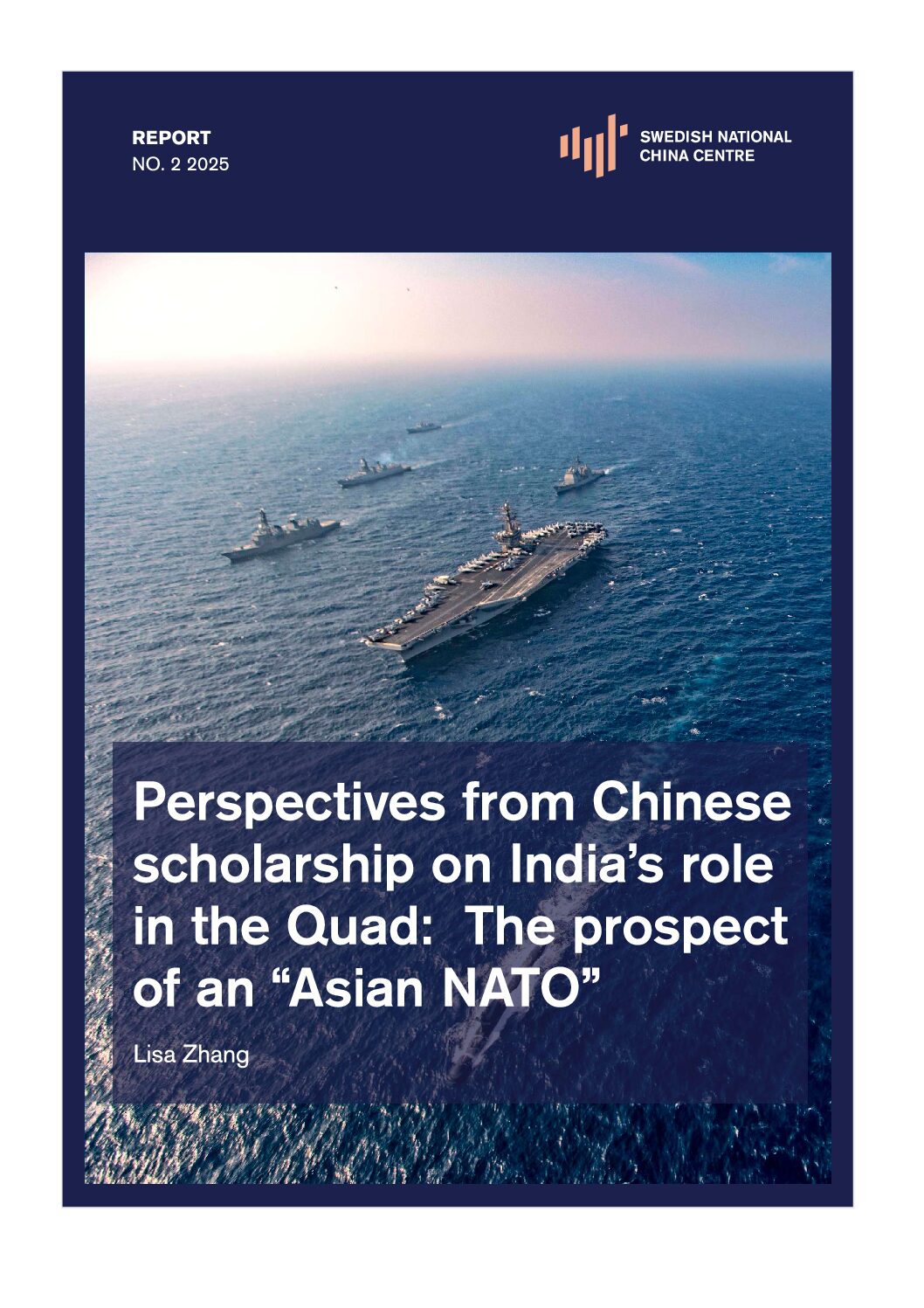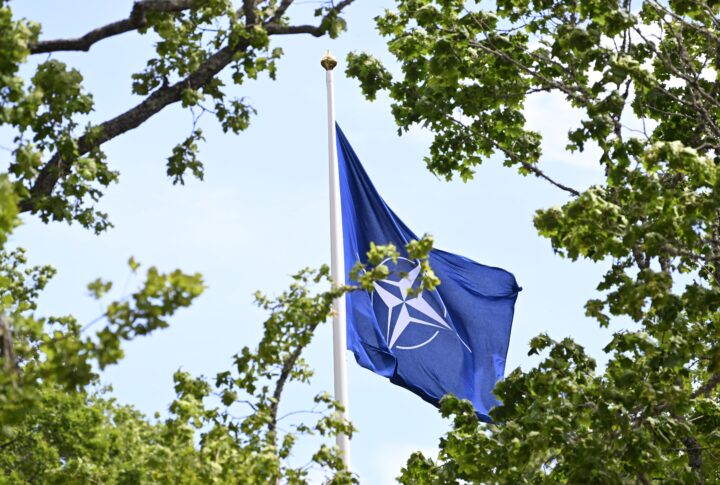3 October, 2025
Perspectives from Chinese scholarship on India’s role in the Quad: The prospect of an “Asian NATO”

AP / TT
Executive summary
-
The Quad is a partnership between Japan, Australia, the United States and India that works to advance a Free and Open Indo-Pacific. This conceptual framework forms the ideological core of the Indo-Pacific’s regionalisation, a region first envisaged by former Japanese Prime Minister Abe Shinzō in 2007.
-
The Chinese government claims that the Quad is a US-led attempt to form a military alliance in the region, often referred to as an “Asian NATO”. While Chinese scholars concur, they believe the probability of this occurring to be low, primarily due to India’s foreign policy of strategic autonomy.
-
Chinese scholars note that India has changed its approach from a cautious to an active one and benefits from being part of the Quad. However, they also identify limits to cooperation. Besides India’s policy of strategic autonomy, other factors include differing interests among the Quad members, as well as India’s special relationship with Russia and its desire to participate in multilateral organisations such as the BRICS.
-
Chinese scholars predict that India will continue to actively engage in the Quad, resulting in deeper and broader collaboration. Some of these scholars offer policy recommendations to counter the Quad, such as upgrading the Russia-India-China trilateral, strengthening ties with Southeast Asian countries and improving China-India relations.
-
While the Chinese government might share scholars’ view that the Quad is unlikely to become an Asian NATO, I suggest that its confrontational rhetoric on the partnership seeks to oppose opponents such as the US, appeal internationally and project strength. I also predict that if the government follows the advice of Chinese scholars, we might see more efforts to improve relations with India.




